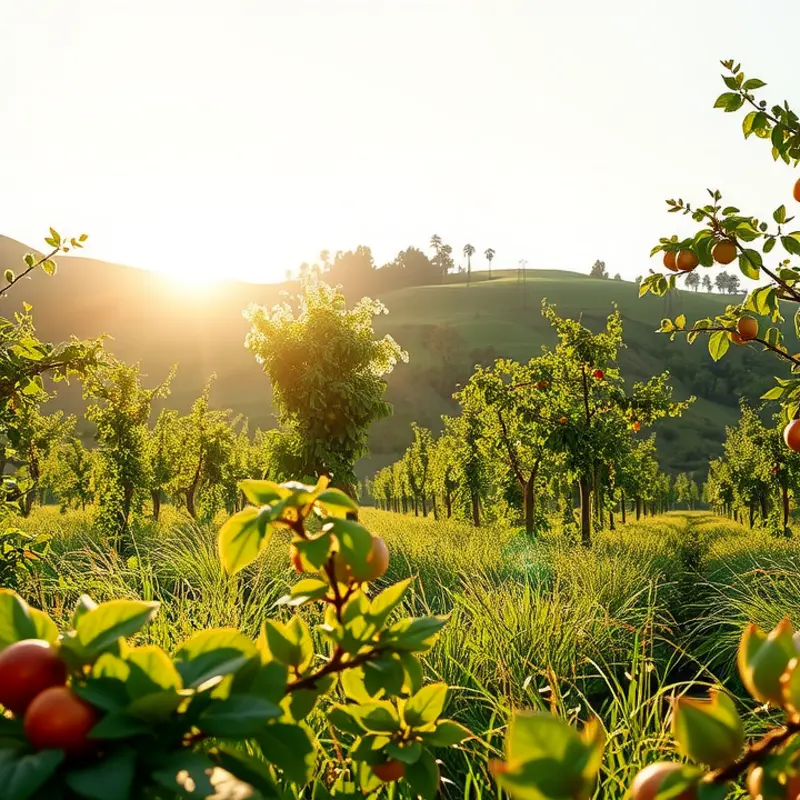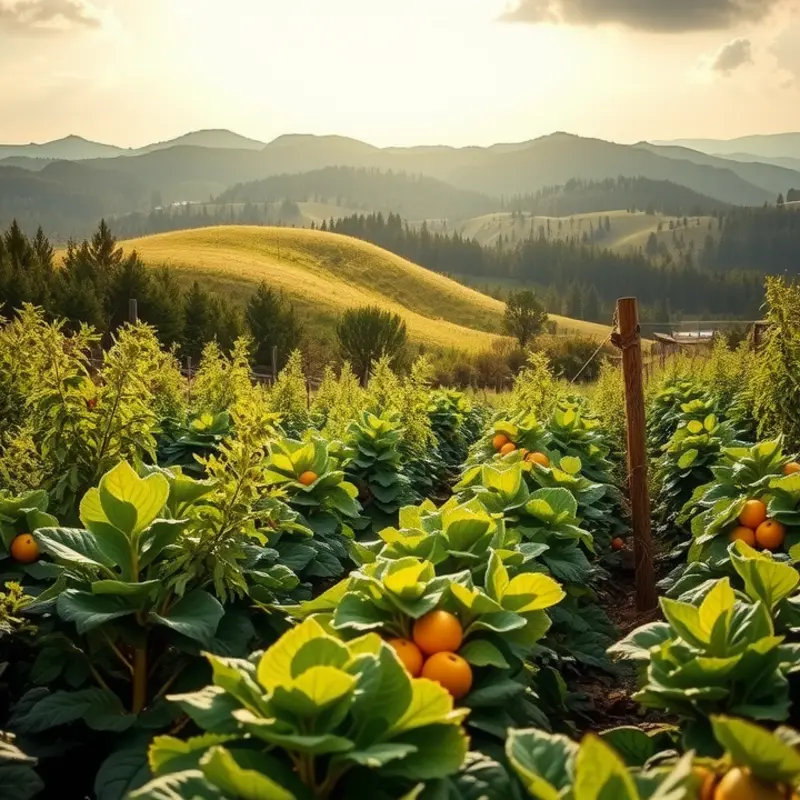Layering ingredients is a fundamental skill that elevates your cooking from ordinary to extraordinary. Whether you’re a newbie in the kitchen or a seasoned chef, understanding how to effectively layer flavors can create more complex, exciting dishes. This approach allows you to maximize taste and texture while ensuring your meals are well-balanced and irresistibly delicious.
Building Flavor Foundations: The Role of Base Ingredients

A well-constructed dish begins with an aromatic symphony of base ingredients. These components are the unsung heroes of culinary art. Starting with them ensures each bite bursts with depth and richness.
Onions often find themselves at the core of culinary foundations. When sautéed, they transform into a sweet, caramelized secret that weaves through each ingredient. Yellow onions offer a sweet, versatile flavor, while red onions add a sharper, more vibrant note.
Garlic, a staple in many kitchens worldwide, follows closely. Its pungent and savory notes amplify the depth of any dish. When gently cooked, garlic relinquishes its harshness, embracing a sweet, nutty profile. Embracing different forms, such as roasted or confit, highlights its versatility and enhances textures and flavors.
Spices and herbs stand as pillars in the construction of layered flavors. Ground spices like cumin and coriander bring warmth and earthiness. Meanwhile, fresh herbs, such as parsley and basil, introduce lively, aromatic freshness. Combining dried herbs and fresh varieties yields a dynamic flavor experience.
Consider stock or broth as a canvas supporting other flavors. Whether using vegetable, chicken, or beef varieties, stocks provide a more complex and savory dimension. Making your own ensures control over salt and seasoning levels, elevating your dish to new heights. For ideas on how to boost flavors beyond traditional means, exploring alternatives can be enlightening, as shown in this flavor boosters guide.
Dried aromatic vegetables such as leeks and carrots contribute their own subtle sweetness. Offering both texture and depth, they perform well in stocks or sautéed bases. Incorporating umami-rich elements, such as mushrooms or tomatoes, adds a depth unmatched by other ingredients.
When layered adeptly, these base ingredients act as a savory backdrop. They unite seemingly disparate components into cohesive, flavorful creations. Achieving such balance requires understanding their unique contributions.
Continuing to experiment with these ingredients allows for personal refinement of any dish. Assembling them in different sequences alters the overall taste and mouthfeel. Explore, adjust, and redetermine what works best for you and the dish you intend to create.
In the vast tapestry of cooking techniques, starting with a strong foundational base elevates each layer that follows. Remember, while the base may start as a gentle hum, it concludes as the foundation that supports a true culinary masterpiece.
Layering Techniques for Optimal Flavor and Texture

Building flavor in a dish is akin to crafting a symphony. Each ingredient, much like an instrument, plays a crucial role in creating harmony. Mastering the sequence of adding ingredients unlocks new dimensions in cooking, allowing you to develop depth and complexity in flavors. This delicate art of layering ensures each element shines, contributing to the overall taste and texture.
Stage One: The Base Layer
The journey begins with sautéing your aromatics—onions, garlic, carrots, and celery. These foundational elements, often referred to as a mirepoix, form the base of many dishes. Used early, they establish a profound flavor foundation. The key is gentle heat; allow these ingredients to sweat slowly, releasing their natural sweetness without browning.
Stage Two: Building Complexity with Herbs and Spices
Once your base is in place, incorporate dried herbs and spices. Their flavors bloom when exposed to heat, offering more profound notes to the dish. Timing is crucial; add these early enough to integrate fully, but ensure not to burn them. A splash of liquid like broth or wine can also help dissolve fats that carry these flavors further, creating a smooth blend.
Stage Three: Adding Proteins for Depth
Proteins, such as meat or plant-based alternatives, should follow. Protein additions bring substance and savoriness. Searing proteins at the right stage is vital, forming a delicious crust while sealing in juices. Remember to keep your heat sources consistent to achieve a golden-brown finish without overcooking the interior.
Stage Four: Fresh Ingredients and Acids
Fresh vegetables should join the pot when your proteins are near completion. This step ensures they retain their vibrant texture and bright flavors. Acids like lemon juice or vinegar added at this point can balance richness and enhance the palate by cutting through heavier notes.
Stage Five: The Finishing Touches
Finally, garnish with fresh herbs or a dash of extra-virgin olive oil to elevate aroma and visual appeal. These delicate ingredients should be added just as the cooking concludes to preserve flavors and achieve that final touch of freshness.
Each layer is a deliberate step in crafting a dish that speaks to both the taste buds and the eyes. This method ensures all components contribute to the meal’s complexity without overshadowing each other.
Furthermore, when seeking alternatives that add depth without overpowering salt content, consider exploring options such as umami-rich elements. For more on flavor boosting without salt, visit this guide. Learning to balance these elements refines the experience, setting your culinary creations apart.
The art of ingredient layering is much about timing as it is about selection. Understanding these nuances allows you to control the symphony of flavors in your kitchen with confidence and creativity. A well-layered dish satisfies not only the appetite but also the soul.
Final words
Mastering efficient ingredient layering can significantly enhance your culinary skills. By starting with solid base ingredients and learning layering techniques, you can create dishes that speak to the palates of your family or guests. The flavors will be deeper, more intricate, and each bite will reveal something new. Don’t hesitate to experiment with different ingredients and layer according to your tastes. With practice and patience, you will develop a unique cooking style that reflects your creativity and passion for food.







